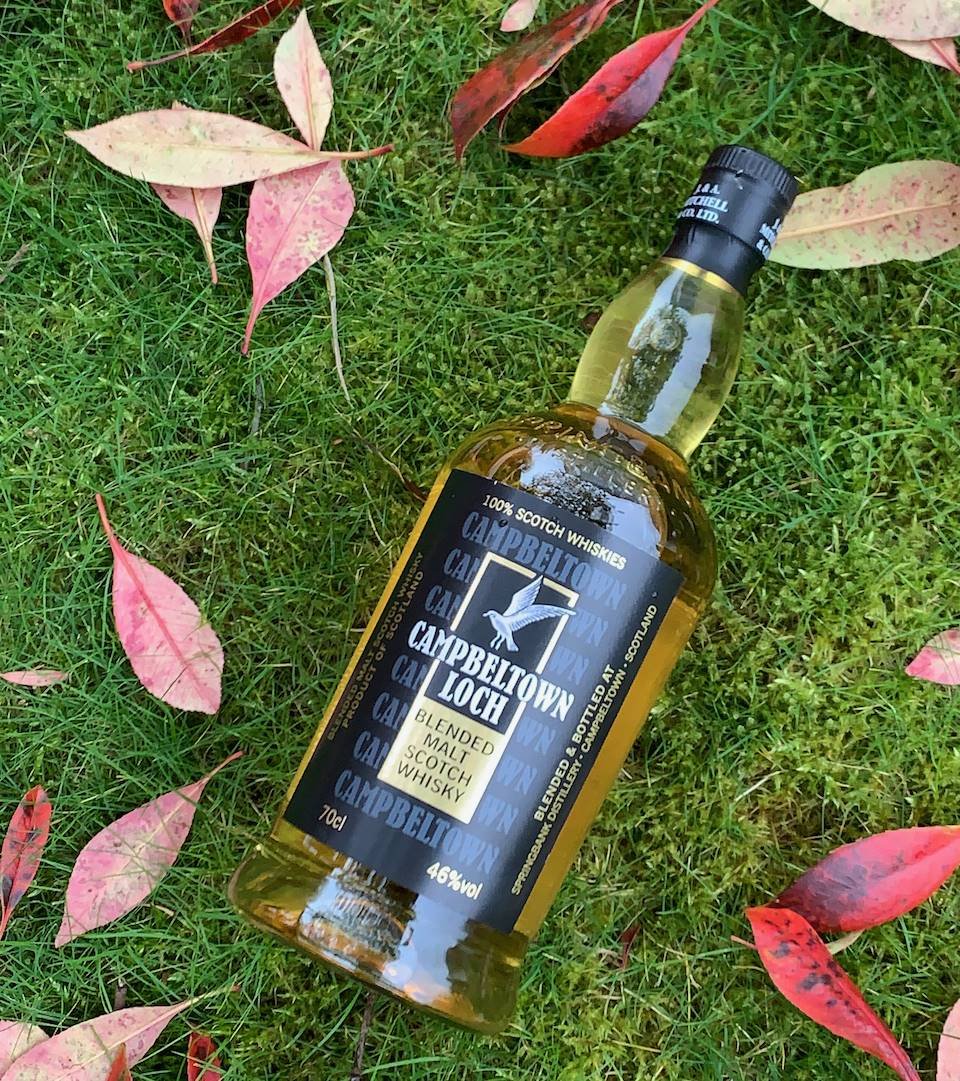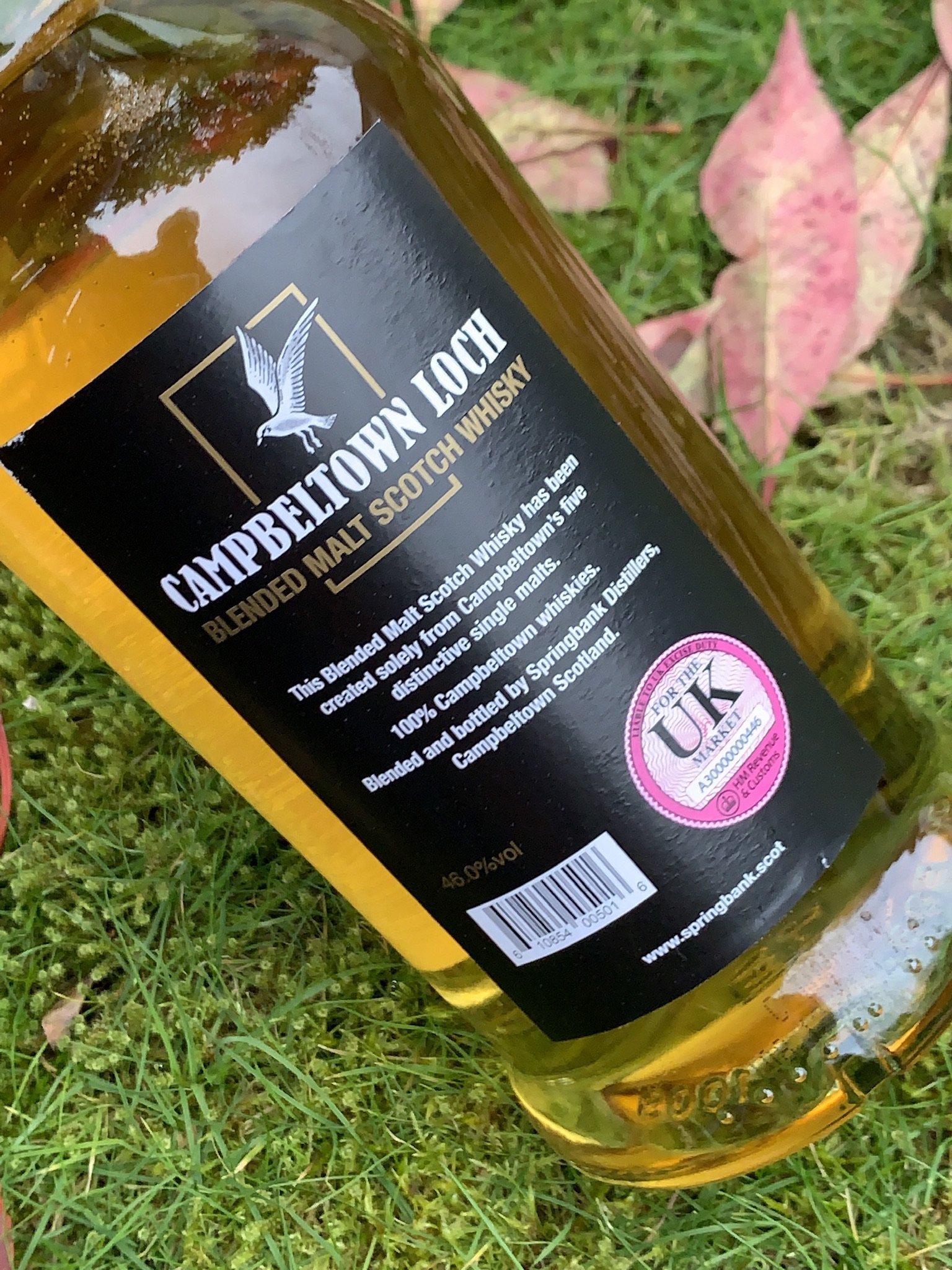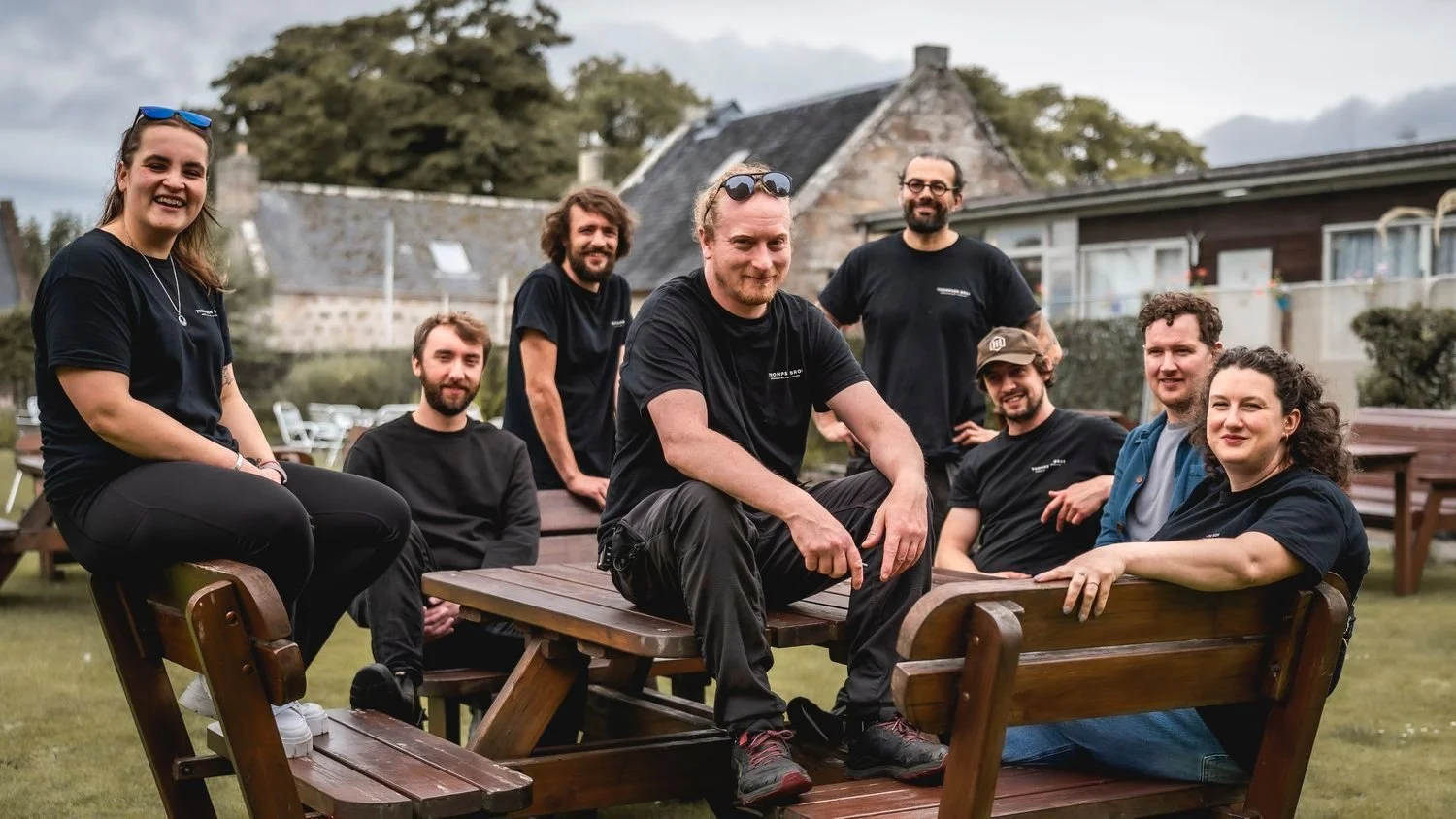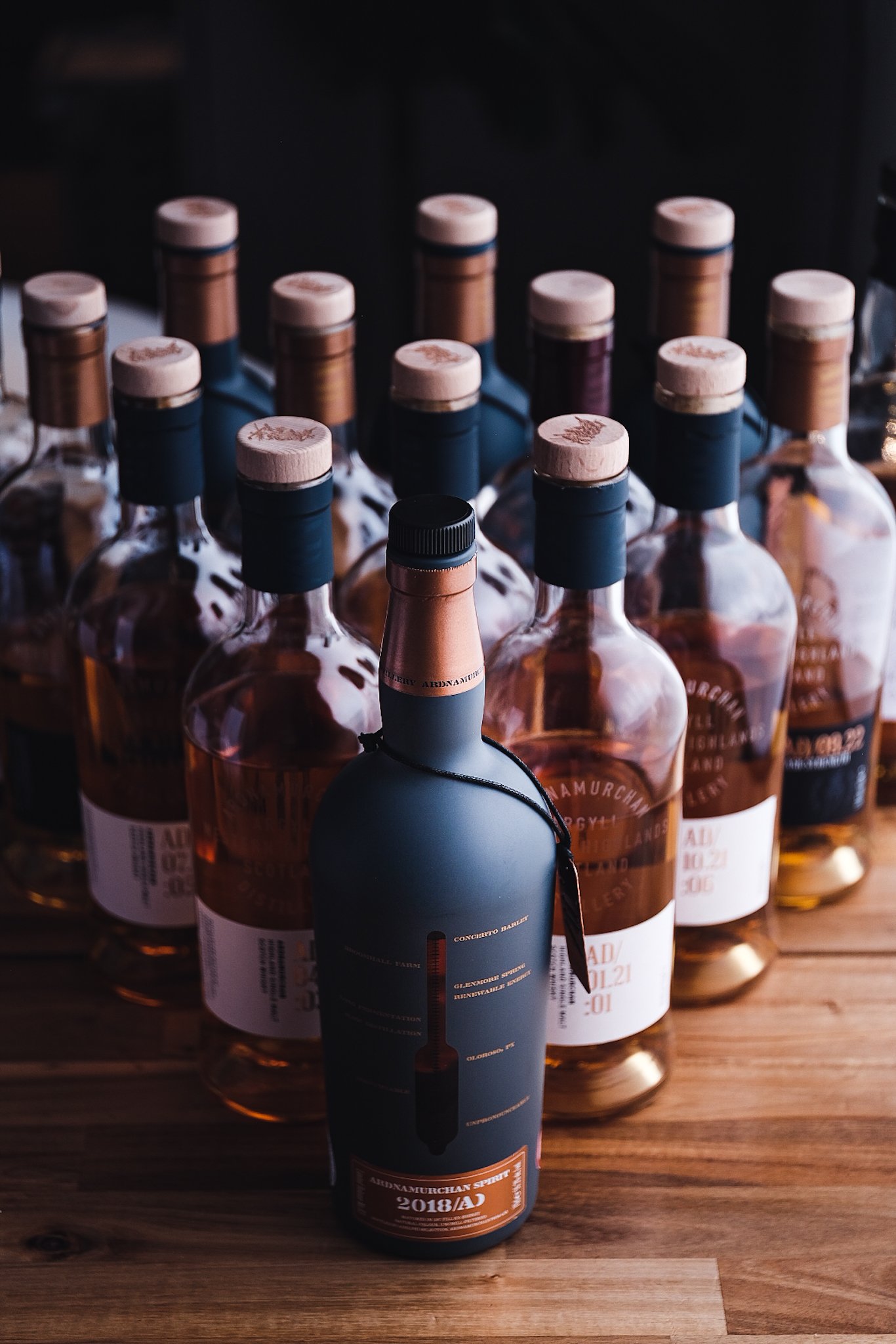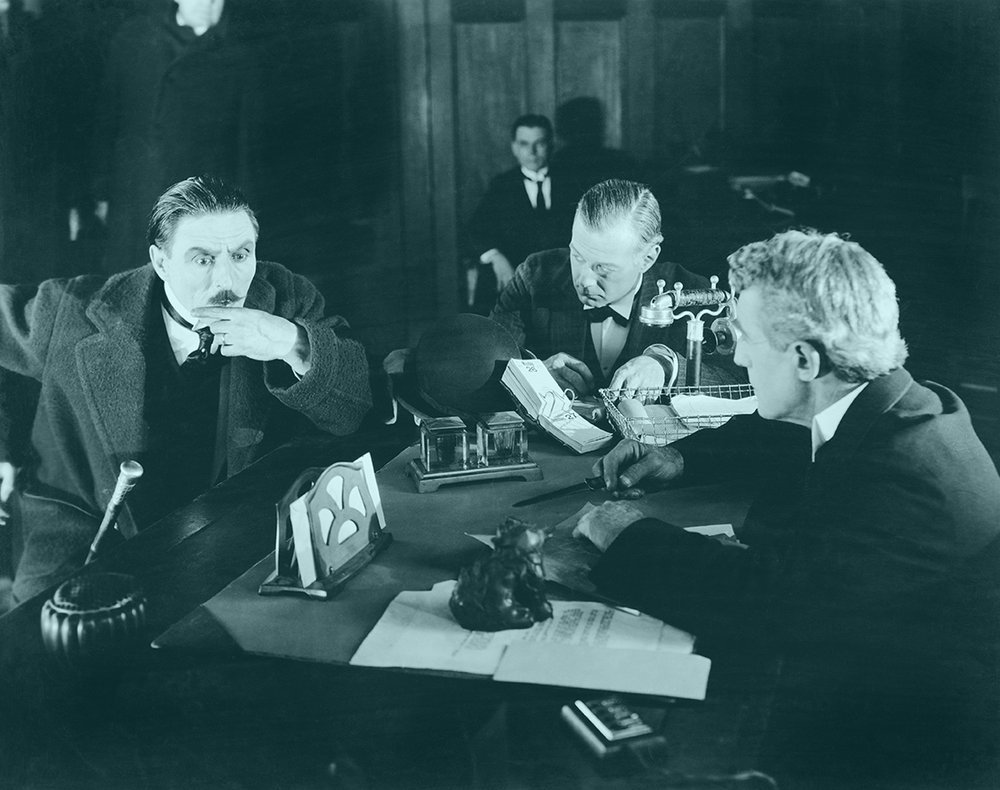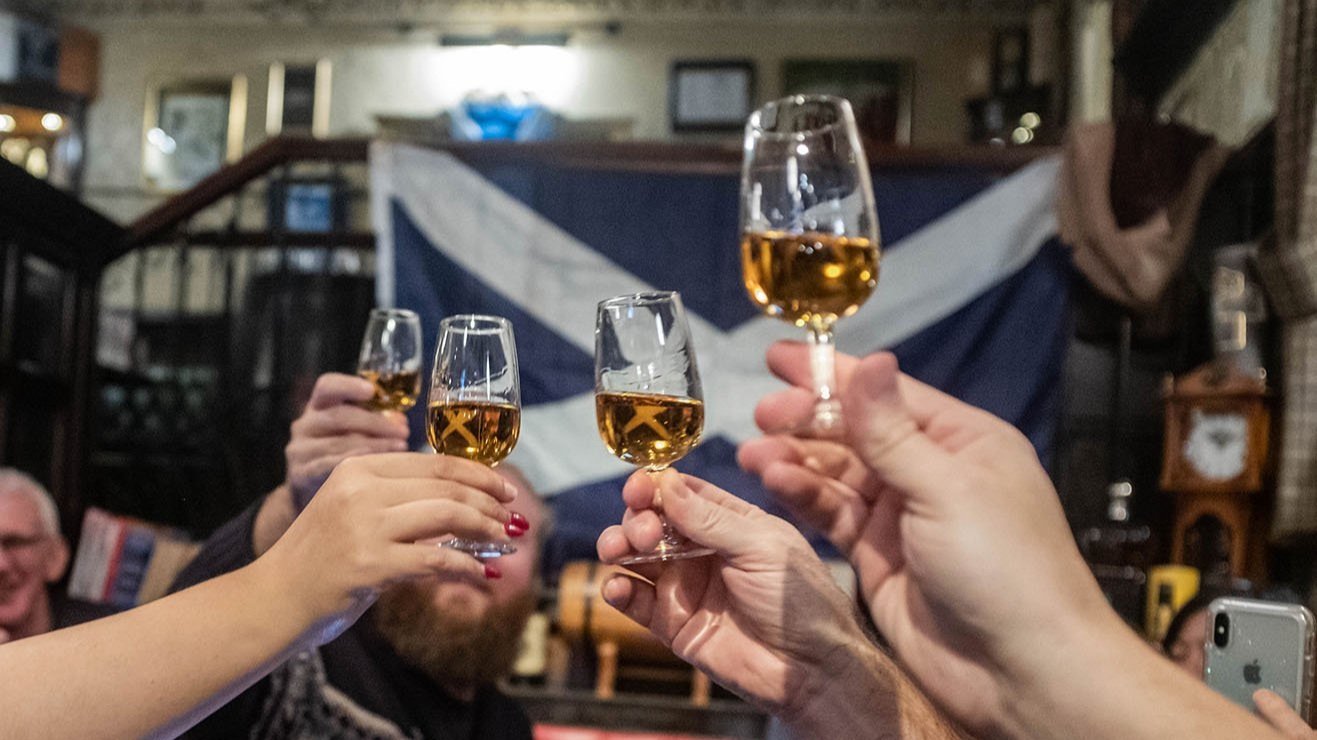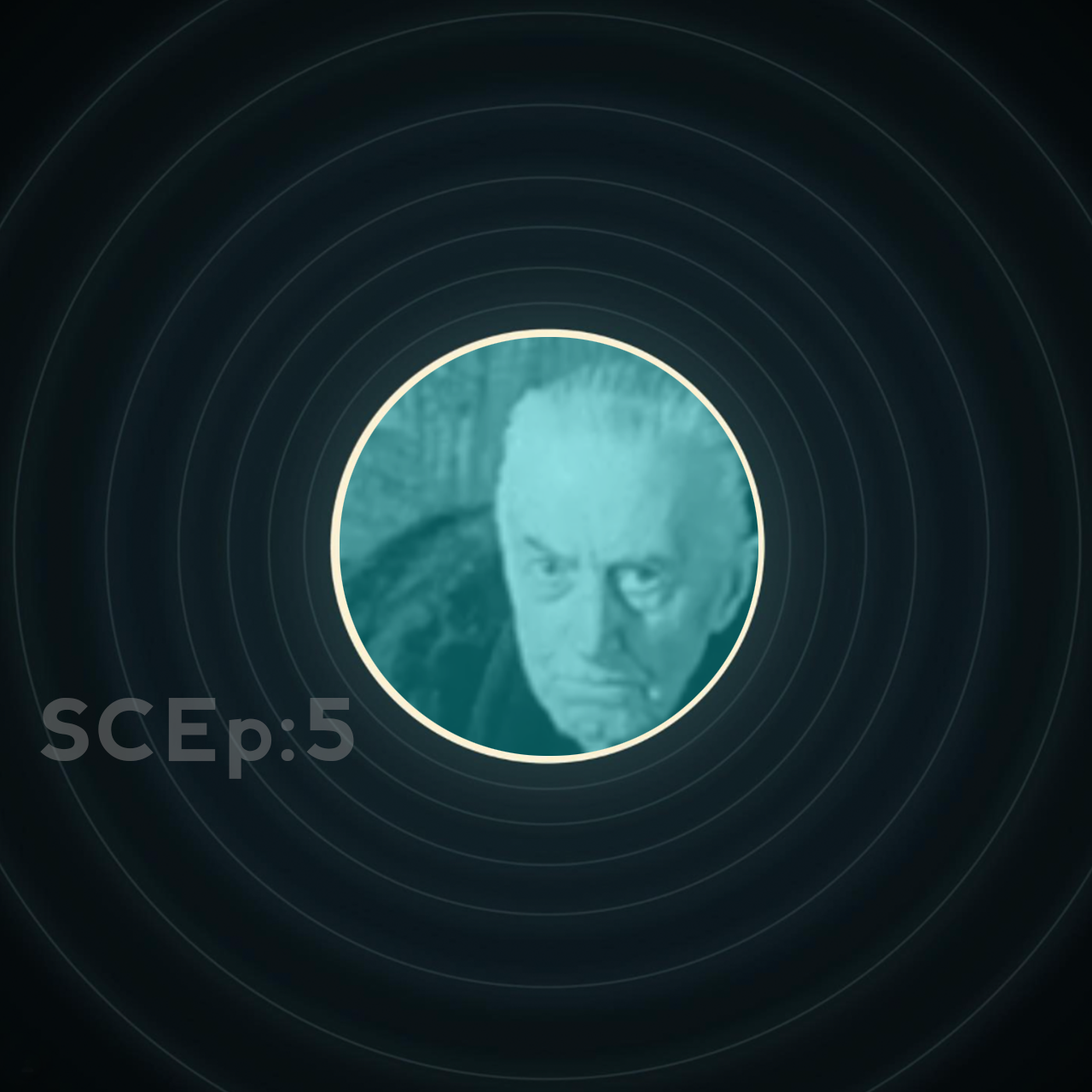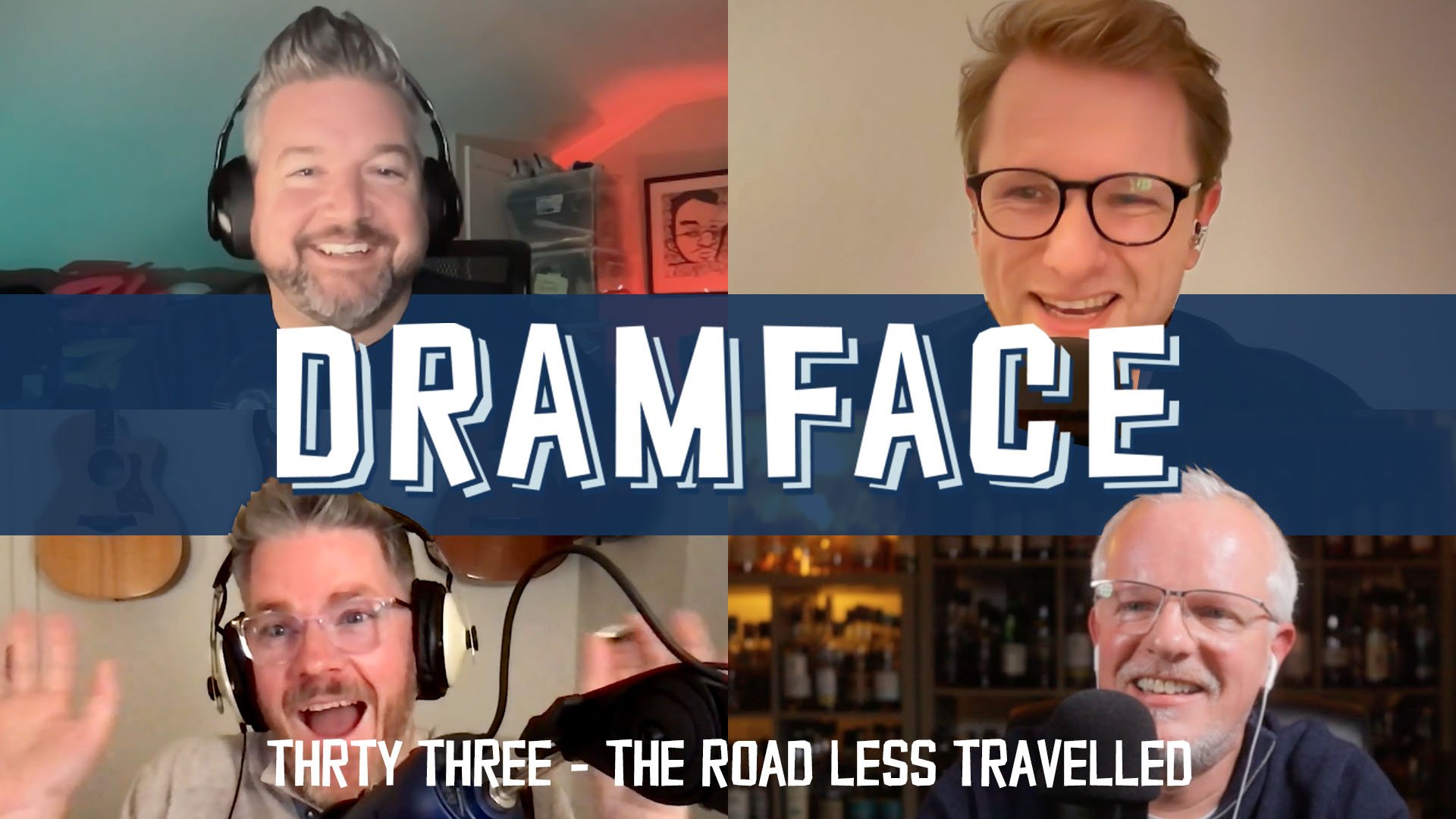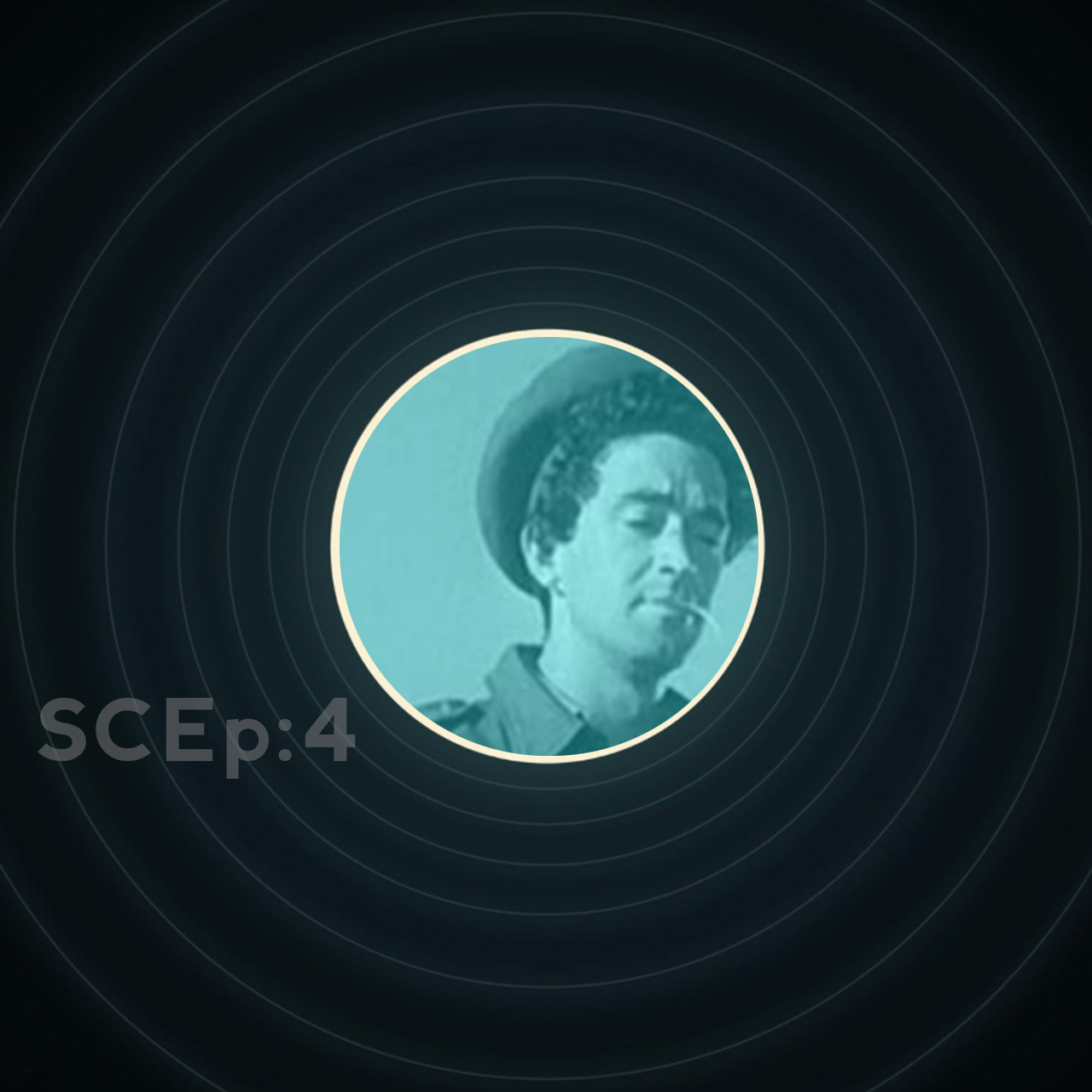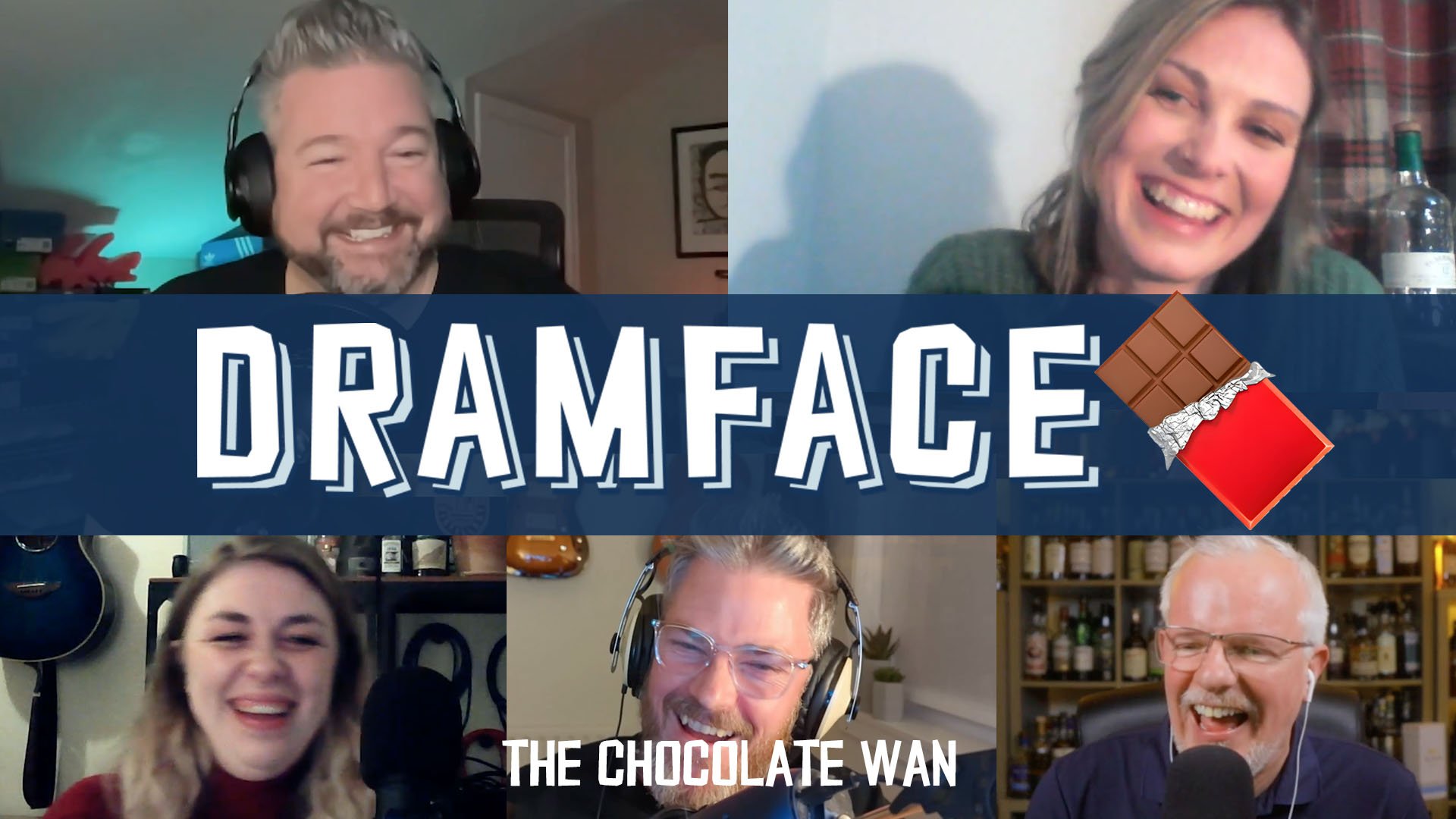Campbeltown Loch 2022
Blended Malt New Release | 46% ABV
Score: 7/10
Very Good Indeed.
TL;DR
Blended Malts Just Got Interesting
How Long Does It Take To Complete a Puzzle?
Perspectives once took years to change. Now it seems like it happens in a few tweets.
Everything’s fair game to become yesterday’s topic as we obsess about what may be tomorrow’s. For someone sliding into middle age with as little grace as possible, at times this is difficult to fathom. Even though I try, like, really try, to stay adaptable and up-to-date, as the years tick by, I find comfort and contentment in the status quo. Would you think me cruel if I confessed that I found a strange liberation when lockdown first kicked in? When the social thing was removed, there was an odd, but somehow pleasant relief. It may have only lasted a few meagre weekends before I was crying myself to sleep with separation anxiety, but I remember feeling it. There’s often an appeal to settling down with things, finding enjoyment in the now. I think it was all the rage, just yesterday, to refer to this as ‘mindfulness’.
So perhaps things were easier back when the pace of change felt a little slower. Transitions to new technologies or new fashions were allowed to take a little longer and there was less pressure to keep up. Think of the introduction of colour television; in the USA, even after a decade of availability less than 2% of homes owned one. If we head to the whisky scene around that time, Scotch blends were the drink du jour and it seemed like everyone’s first act after the evening commute home was to splash Dewar’s over a huge chunk of ice as it clinked around a thick cut-glass tumbler. Well, perhaps not in my home. Booze was never kept and we were slow with our adoption of the colour telly-tech too. I picture that whisky tumbler scene in a nice comforting-but-flat monotone grey. It took decades longer for us to get a colour set and it probably arrived just around the same time whisky was falling from this Hollywood-inspired zenith of skinny ties and sharp-lapelled sophistication into the brown drink of flat caps, nicotine-stained fingers and dingy pub corners.
As you can read, I’m happily measuring these changes in decades.
Today, not so much. We’ve accelerated through fat cathode ray tubes and home video, to DVD, Blu-ray and streaming via a connected 70-inch smart flat screen in less than 20 years. In the last 15 we’ve gone from wondering what an ‘app’ is to finding it difficult to live without them. In that same time, whisky has gone from a niche interest to once more a thing of zeitgeist. Yet it’s very different to those old days. When was the last time you heard anyone excited about a blend?
There was a time when single malt was not considered fit for branding and it was even broad-brush labelled as something with no perceptible demand. However, decades later, in the realm of today’s Scotch enthusiast at least, single malt is king. If you’re invested, that’s where the fun and variety lies. Blends are still very much there; accounting for close to 90% of the sales by volume (although a lot less by value) they remain the focus of the biggest spirits players. But, for most, the real excitement about tomorrow still revolves around the next single malt bottle-chase. One that may be available but, increasingly so, one that may not.
So, polishing up the crystal ball and trying to peer into the opaque and fickle tomorrow, with skinny ties and sharp suits having found , and lost again, a cyclic fashion revival, doesn’t it seem like blends are overdue a renaissance?
My opinion; yes, but probably they won’t get to realise it. Unless the magic piece missing from the jigsaw could be found. Perhaps it’s not lost or destroyed, just temporarily misplaced.
Despite the bizarrely unrealistic and over-the-top bling and bang-up-to-date synchronicity with the latest fashion or aspirational celebrity making up the marketing campaigns behind most brands, the industry behind them are often very conservative. They rely on their frontline agencies or departments to create veneers and stories behind pedestrian spirits. This practice is costly. The liquid doesn’t change. The packaging and stories do., and it’s relied on more than it’s ever been. For the majority of these blends, just try one from 15-20 years ago versus its contemporary equivalent to realise how much they’ve been cheapened. Those agencies need to be recompensed somehow.
A much more modern and successful model, at least in the smaller-scale, batch-release world of single malts, is to harness the power of today’s digital word-of-mouth. This is lightning-fast, on the pulse and takes on a life of its own. How to harness it? Employ an agency? Well you can, but given the cost of this black art, isn’t it better to make a banger of a product that can then be sold at a fair price instead? Cut out the bullshit story-telling and tell the truth, which is often ironically far more romantic and magical, although it does take a little more genuine and curious research to uncover. Compare this to the generic, cookie-cutter style we see written by contracted copywriters* with barely a single invested toe in the liquid itself. It takes a completely fresh approach, and it should be compelling. Then, the wider community, all of us, take the place of the agency and, if we get a fairly-priced and good-quality product out of it, we’re happy to comply.
Take two decades of Compass Box; some of the most interesting and pleasing branding coupled with genuine transparency and breathtaking liquid. They have made a success of blends without drawing much attention to that “B-word”. This has been followed by the Remarkable Regional Malts series from Douglas Laing with its cult-status Big Peat leading the way. More ranges from Wemyss Malts, North Star Spirits and many more have furthered excitement, while entire new and revived brands are born, such as Leith’s J&G Thomson. And yet. Despite all this excitement, save for a few special releases of high-end Compass Box or limited Remarkable Regional Malts, they’re largely left on the shelf. Why is this? It seems like we need something über-sexy and zeitgeisty to nudge the world of blending into the narrow-band focus that us of a geeky mindset possess.
“Oh! Campbeltown Loch, Ah wish ye were whisky!
Campbeltown Loch, Och Aye!
Campbeltown Loch, I wish ye were whisky!
Ah wid drink ye dry.”
Enter Springbank.
It would seem that J&A Mitchell have reached down the back of their very in-vogue sofa and found the missing puzzle piece.
Because quite honestly, so high is the star of their brand right now that they could sell tea and it would command elevated prices on secondary markets. They’ve spent finger-bleeding years sticking with their stubbornly traditional model and ended up with so many things that are, today, unique and in real, genuinely, honestly, limited supply. Their story is so well known it rarely features on packaging or in campaigns. In Europe, we simply cannot buy their wonderful product these days. It’s heartbreaking for many, but heartwarming for all the folks toiling down there in Campbeltown and further afield. Their success is deserved and grudged by no-one rational.
Revamped Style
Can the contents live up to the new and improved Springbank-like aesthetics?
So, how inspired are they to take Campbeltown Loch; a relatively unknown and lowly blended scotch - except for those in the know – and reinvent it? Make it all-malt, bump the spec to 46% ABV and un-chill filtered and natural colour, add all the Campbeltown brands into the mix and sell it for less than £40. Boom.
Magic added to more magic makes even more magic. The completed puzzle reveals so much about the whisky landscape that, in the release of a single bottle, many challenges are conquered. Many mindsets are changed.
I’ve never seen a clamour for a sub £40 bottle like this before, let alone one carrying the word “blended” on the label. It’s all over socials, it’s being talked about everywhere. In its J&A Mitchell standard glass with black and gold labelling (almost identical to the 21yo blended scotch of a few years back), it looks every bit a Springbank release and – the best part – it’s being opened!
This truly seems like the missing piece. In these days of far too many mediocre casks being sold as single malt when they’d be far better served as a strong element in a structured blended malt, we need this kind of success. As well as changing attitudes and continuing the pioneering work of Compass Box, it just might change what people think about the “B-word”. If…
…it’s good.
Let’s see.
*Apologies to knowledgable and invested copywriters who I may offend here. Your profession is one of immense skill. Yet, I think like other creative professions, it’s abused in our modern and cynical times and it’s at its most impactful and valuable when polishing turds.
Review
Campbeltown Loch 2022, 46% ABV
£37-£42 at retail. If you pay a little more on secondary, keep it real. It’s a NAS release. If you overpay you refute the right to ever complain about flippers, ever.
Containing malts from Longrow, Springbank, Hazelburn, Glengyle and Glen Scotia, this non-age statement release was widely distributed but in high demand. You may still find them depending on where you are. In my area they vapourised, and this one was secured by ballot. I kid you not – I applied by ballot. In the end, if I’d been there on the day there were enough, but it did sell out on the second day.
Nose
Creamy and coastal, softer than expected. Not much alcohol burn at all – I find this typical in blended malts and I don’t know why. The coastal salinity continues with a clean and light/white floral note, a fresh breeze. The fruits are mostly apples; pleasantly sweet apples. There’s also a little fresh citrus; close to pink grapefruit. Some unripe banana and hayloft. Not much ‘funk’ at all. Things are clean with only a hint of springtime farm.
Palate
The arrival is not overly thick, but it is oily. There’s good body; it’s viscous and clean but could easily fool you into thinking it’s not actually a Campbeltown. Apples persist but bring along poached pear and sweet clementine, grapefruit and salted orange juice (a much-touted but largely ineffective hangover cure). This is a refreshing dram. Maltiness continues but it’s more complex than just cereal, it’s dry grass and hay, biscuits and breakfast cereals. Overall it’s bound together by a creamy vanilla custard, and hints at a beach-pebble mineral lick before giving way to white pepper, mint and menthol. The medium finish ends abruptly, and perhaps betrays the youthfulness of some of the makeup. It’s a minor chink in an impressive armour against blend snobbery. Water brings more definition to the fruit and perhaps sweetens them a touch, but it’s not needed. The empty glass brings a puff of fireside. It’s moreish.
The Dregs
Before you judge this whisky; consider what’s been achieved here. It’s party-piece is the detail that it brings to market for 40-ish of your Sterlings, delivering everything you could ask for at the price point. Yes, it costs the same as similarly specced single malts but there we go falling back into that tired, old and largely damaging anti-blend mindset. If we demand that blended malts be made cheaper than single, they’ll never thrive. There is no efficient-to-produce grain involved here – it’s all malt. Judge this against lots of other sub £40 bottles. I’d bet it’s got more integrated details than most. It doesn’t make me swoon, but it makes me very happy. Almost like I’ve found a missing puzzle piece.
Score: 7/10
Tried this? Share your thoughts in the comments below. WMc
Other opinions on this:
Got a link to a reliable review? Tell us.
-
Dramface is free.
Its fierce independence and community-focused content is funded by that same community. We don’t do ads, sponsorships or paid-for content. If you like what we do you can support us by becoming a Dramface member for the price of a magazine.
However, if you’ve found a particular article valuable, you also have the option to make a direct donation to the writer, here: buy me a dram - you’d make their day. Thank you.
For more on Dramface and our funding read our about page here.

